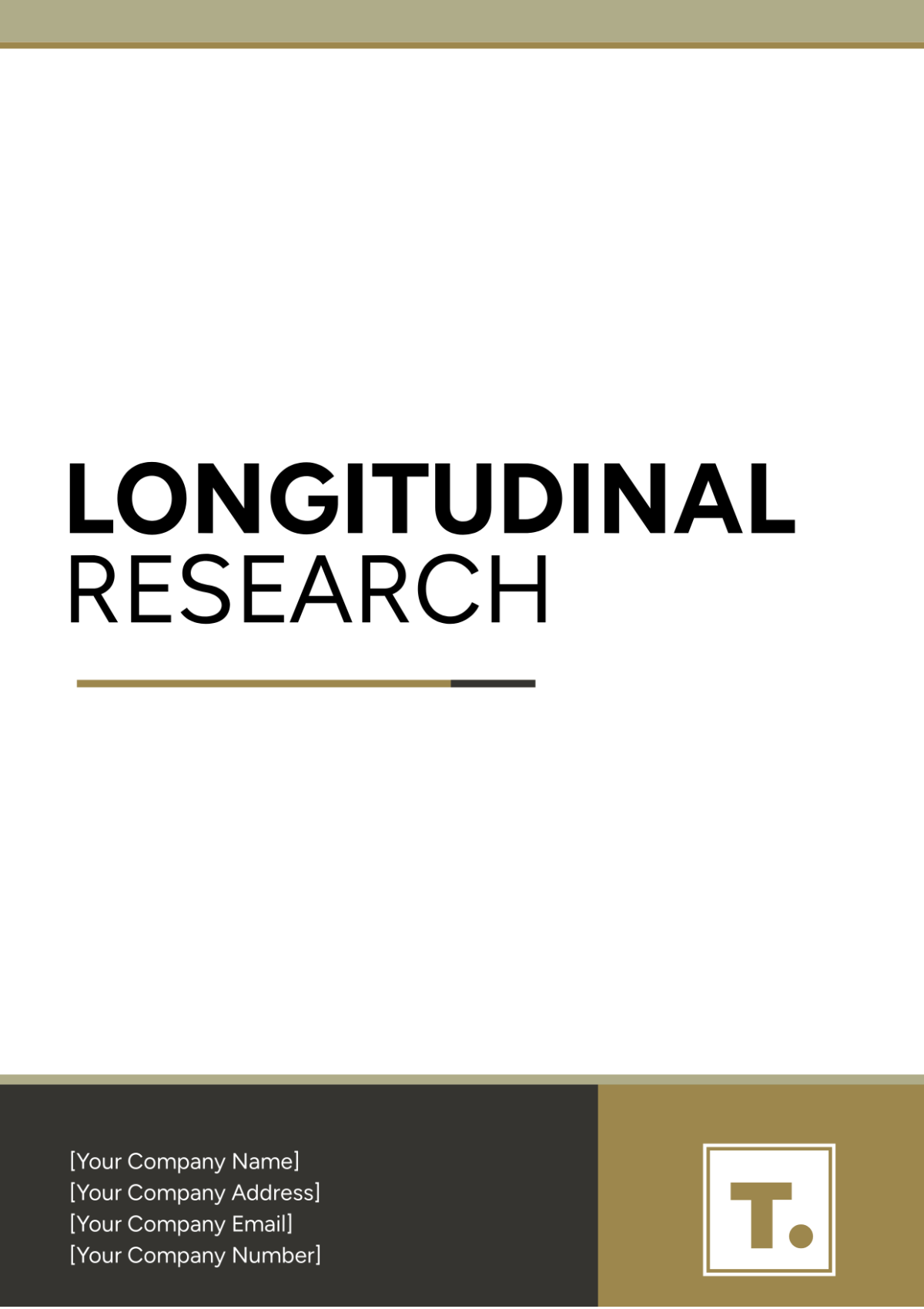Response Journal Article
Written By: [Your Name]
I. Introduction
Crafting response journal articles is a pivotal endeavor within academic discourse. These articles not only engage with existing literature but also contribute to the ongoing scholarly dialogue by offering critical evaluations and suggestions for further research. This article provides an in-depth exploration of the essential components, methodologies, and impacts of writing a response journal article, serving as a comprehensive guide for researchers and academics.
II. Understanding the Purpose
Response journal articles play a multifaceted role in academic research. Firstly, they offer a critical evaluation of existing literature, enabling scholars to highlight the strengths and limitations of previous works and propose avenues for future exploration. This process advances scholarly dialogue and facilitates the evolution of knowledge within specific fields.
Furthermore, these articles promote intellectual exchange and interdisciplinary collaboration by presenting diverse perspectives. They illustrate how varying viewpoints can intersect or diverge, contributing to a more sophisticated understanding of complex issues.
III. Structure and Content
A well-crafted response journal article typically includes several key sections: an introduction, a summary of the original work, a critical analysis, a discussion of implications, and a conclusion. Each section serves a distinct purpose and collectively they build a cohesive argument.
A. Introduction
The introduction should succinctly present the original article being critiqued, outline its main arguments, and clarify the purpose of the response. This section aims to engage readers and establish a context for the forthcoming analysis.
B. Summary of the Original Work
This section provides a clear and accurate summary of the original article. It is essential to faithfully represent the author’s arguments, evidence, and conclusions to lay a solid foundation for the critical evaluation that follows.
C. Critical Analysis
In this section, the writer offers a thorough critique of the original work, evaluating its strengths, identifying weaknesses or gaps, and addressing any methodological concerns. The analysis should be evidence-based and balanced, providing constructive feedback rather than mere critique.
D. Discussion of Implications
This section extends the critical analysis by examining the broader implications of the original work. It explores how the study contributes to the field, its practical applications, and potential directions for future research. This discussion is crucial for situating the original work within the larger academic landscape.
E. Conclusion
The conclusion summarizes the key points discussed in the response article. It reiterates the significance of the original work, encapsulates the main aspects of the critique, and highlights broader implications. A well-crafted conclusion emphasizes the value of continued scholarly engagement and may propose directions for future inquiry.
IV. Methodologies
Several methodologies can enhance the quality and rigor of a response journal article. Employing these methods ensures a systematic, comprehensive, and academically robust critique.
A. Literature Review
Conducting a thorough literature review is foundational to a scholarly response. This involves surveying related research to understand the current state of the field. A detailed review helps identify gaps in the original work and positions the critique within the broader academic discourse.
B. Comparative Analysis
Comparative analysis involves juxtaposing the original work with other relevant studies. This approach can reveal consistencies, contradictions, and variations in findings, methodologies, or interpretations, adding depth to the critique and enhancing understanding.
C. Methodological Evaluation
This methodology focuses on assessing the research design, data collection, and analysis methods used in the original work. Evaluating these aspects helps identify potential biases, limitations, and strengths, providing a balanced and objective critique.
V. Conclusion
In conclusion, writing response journal articles is a valuable academic practice that fosters critical engagement, scholarly dialogue, and the advancement of knowledge. By understanding the purpose, structure, and methodologies of response articles, researchers can make meaningful contributions to their fields. A well-articulated response not only critiques the original work but also offers constructive feedback, explores broader implications, and suggests future research directions. This process enriches the academic community and drives the continuous evolution of knowledge.

















































